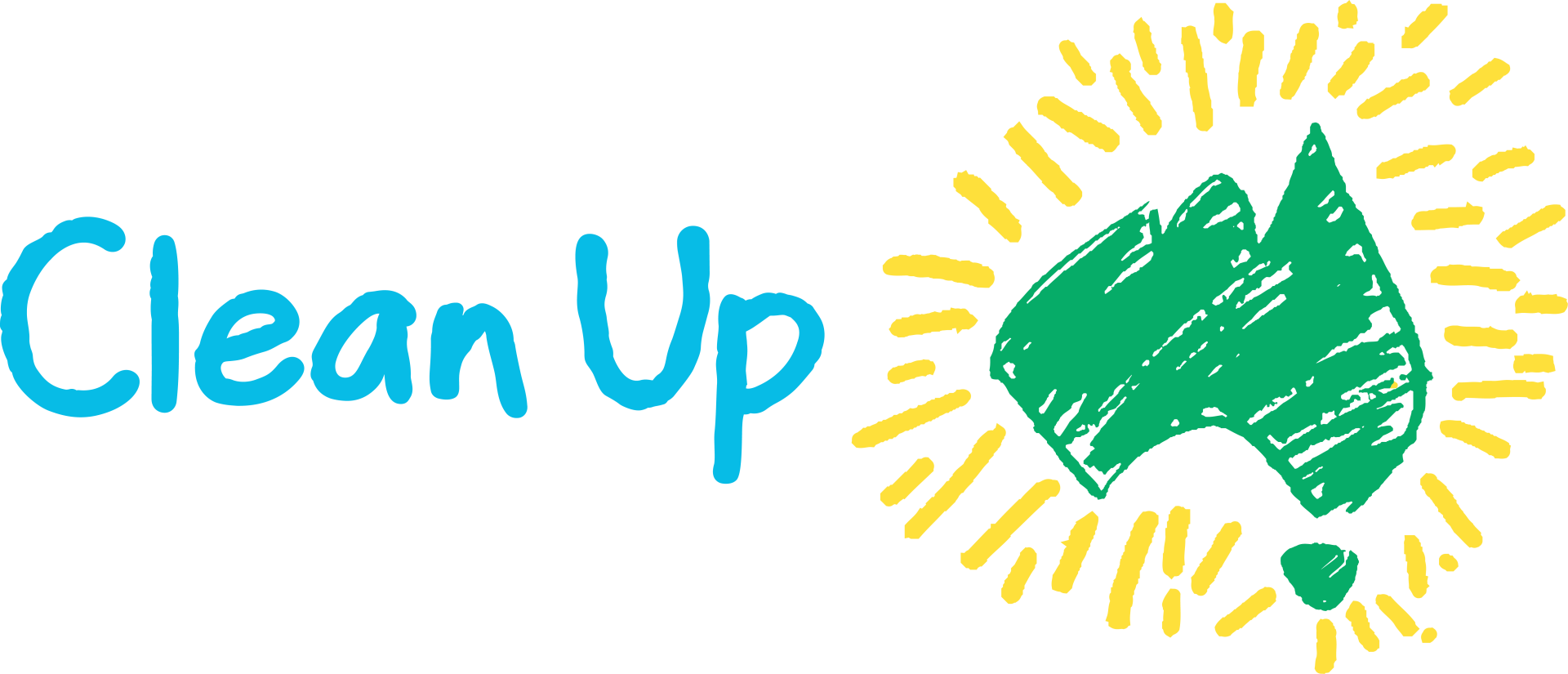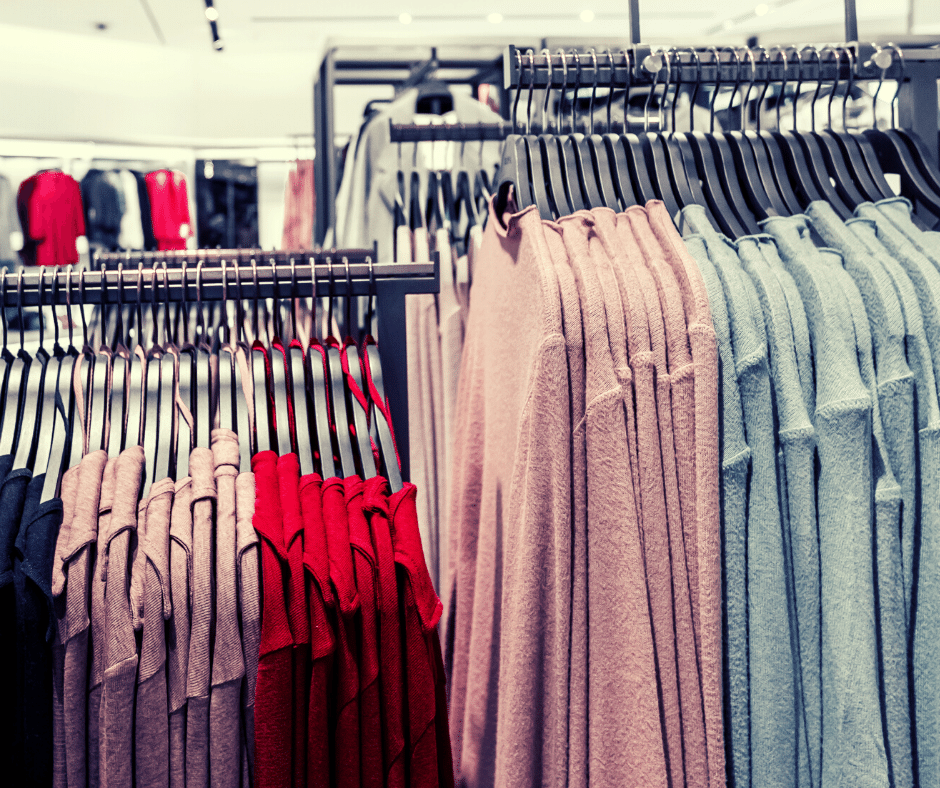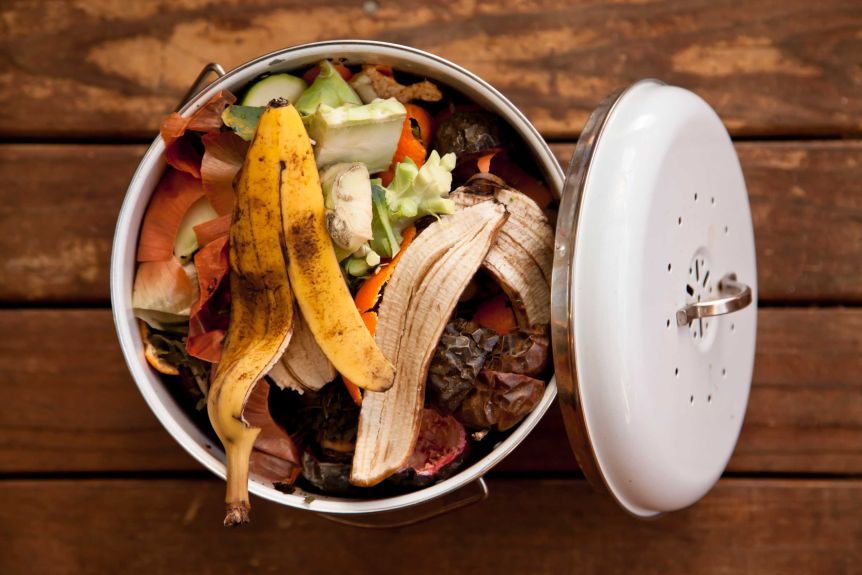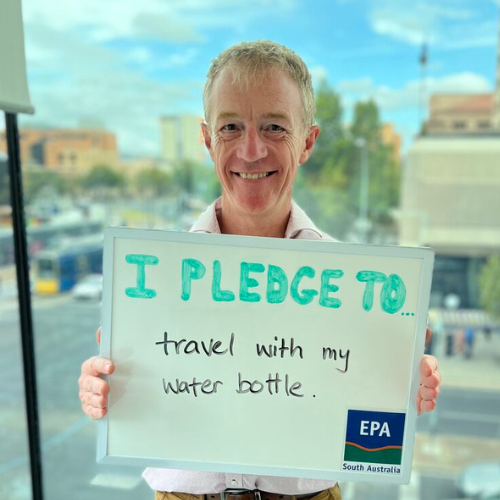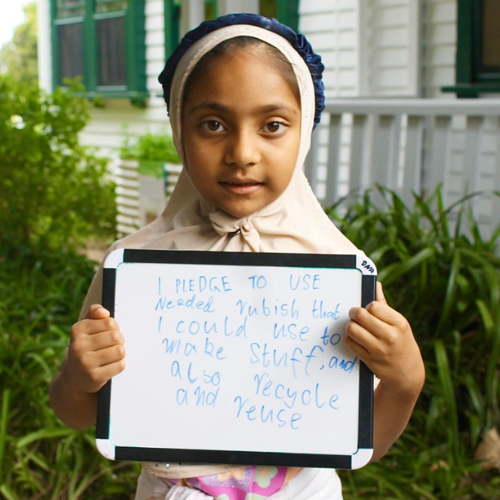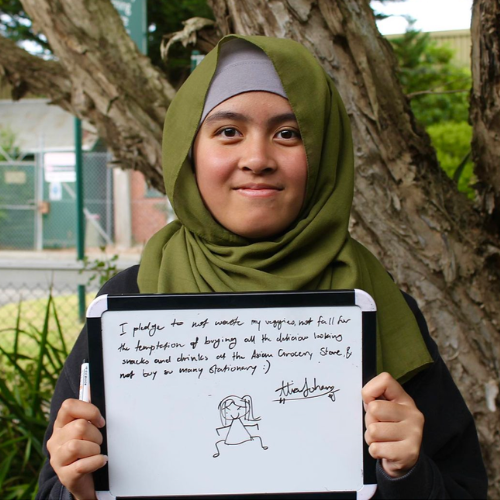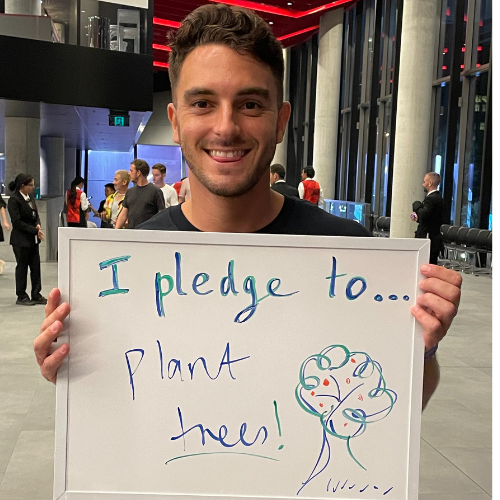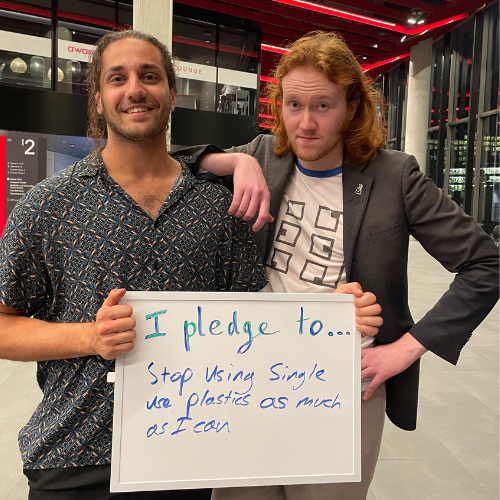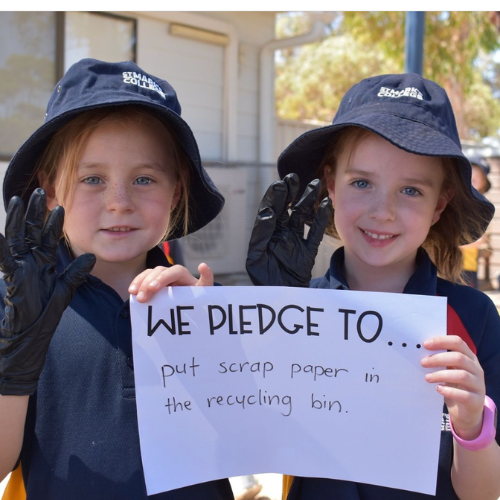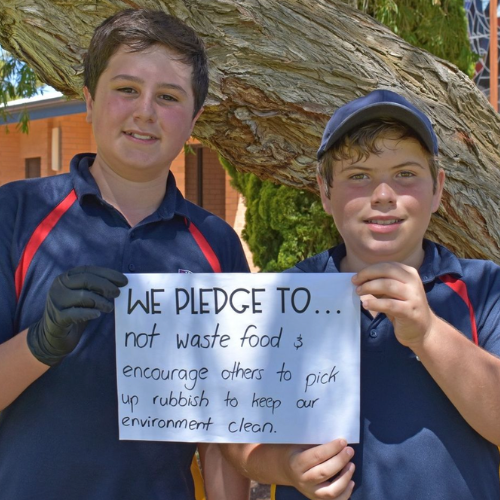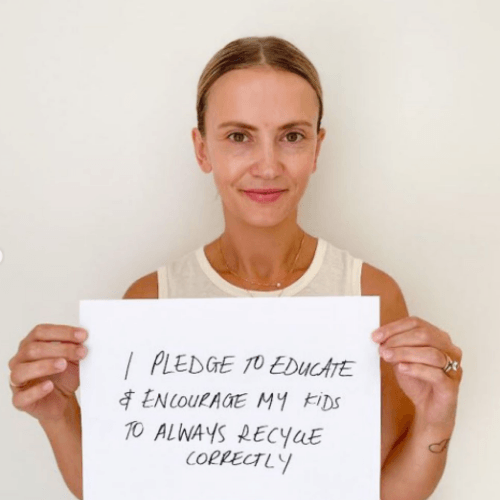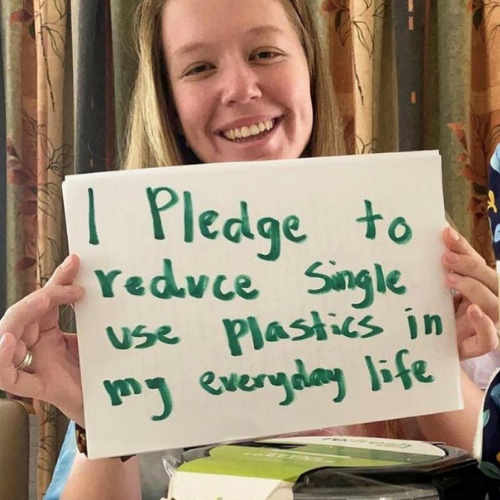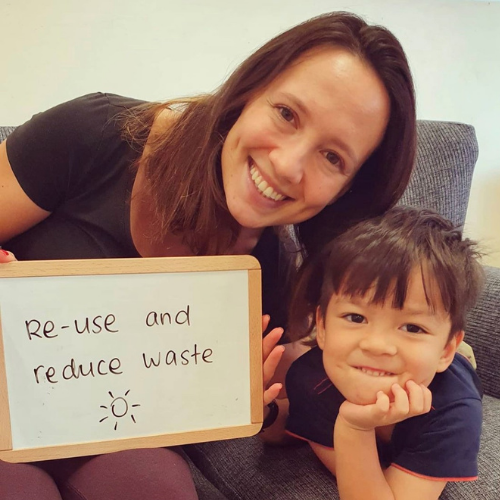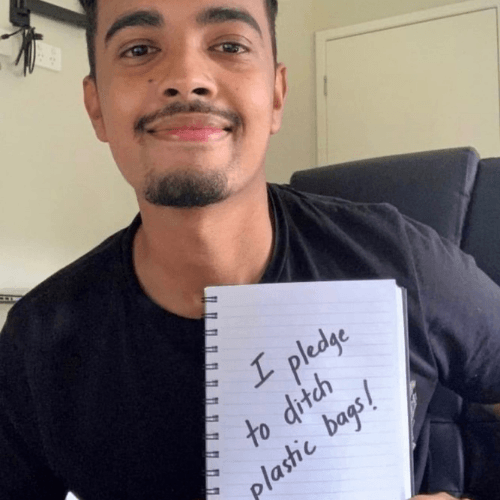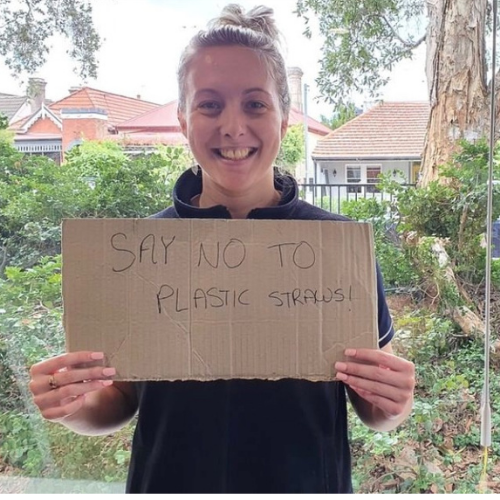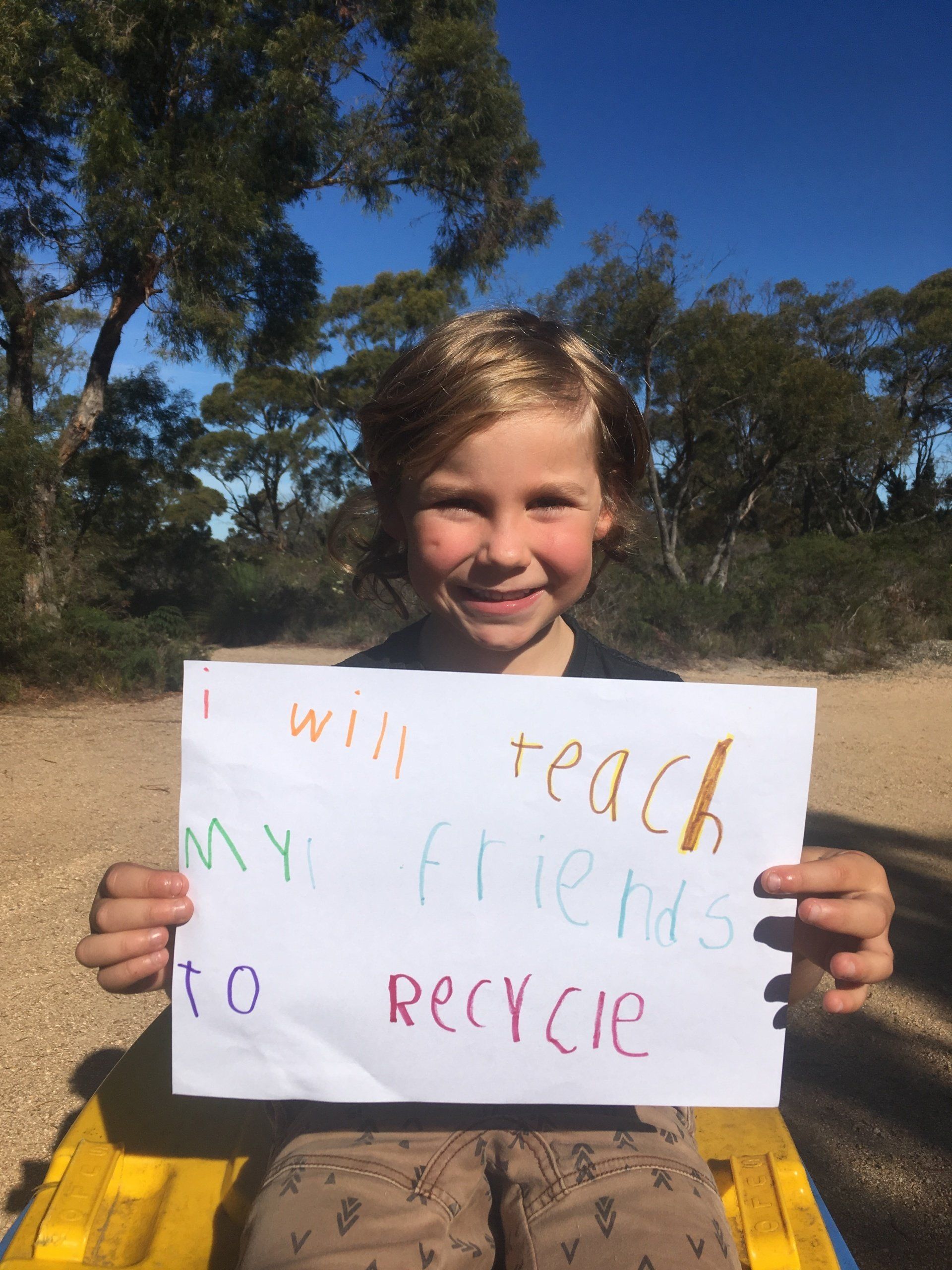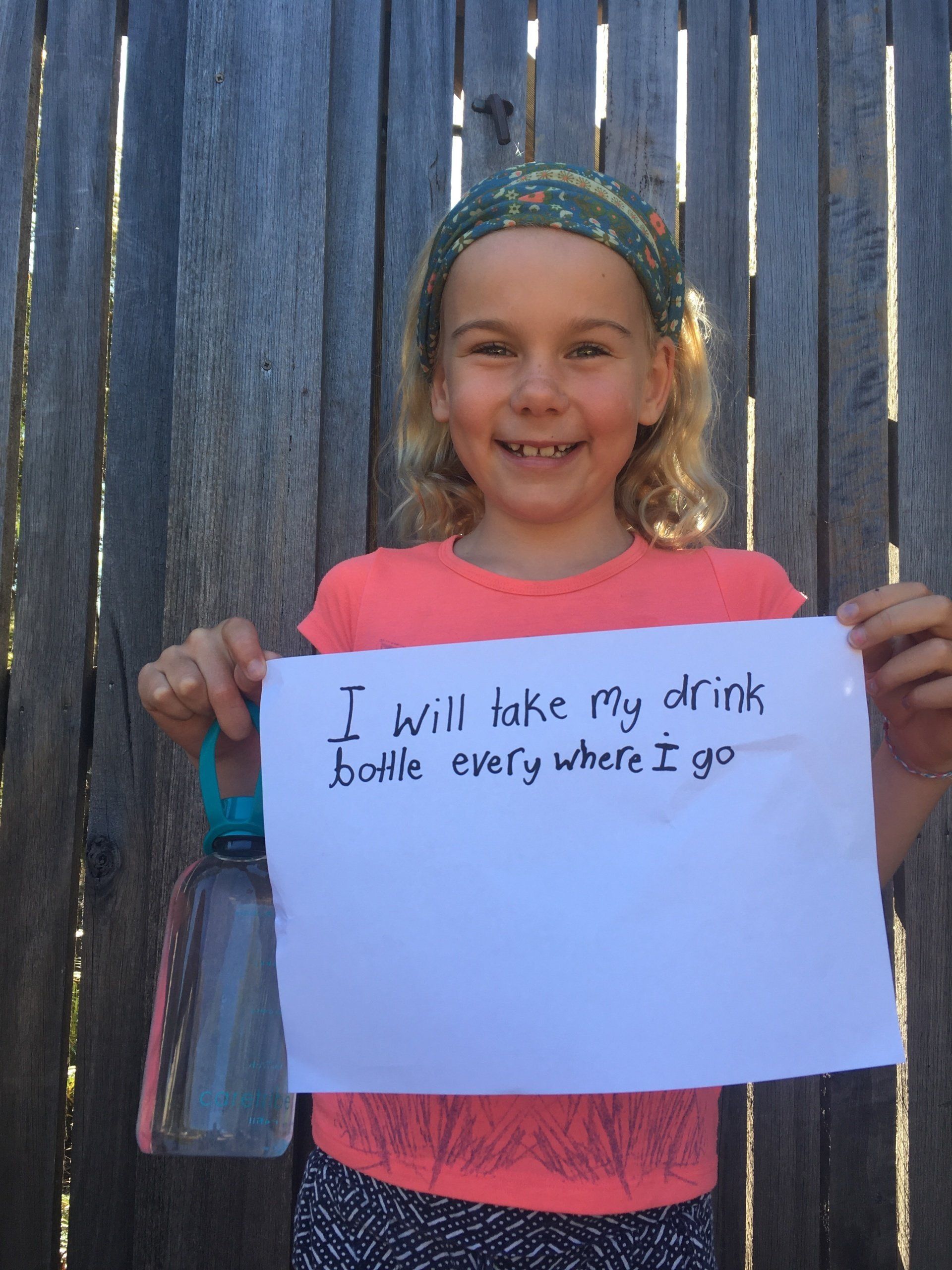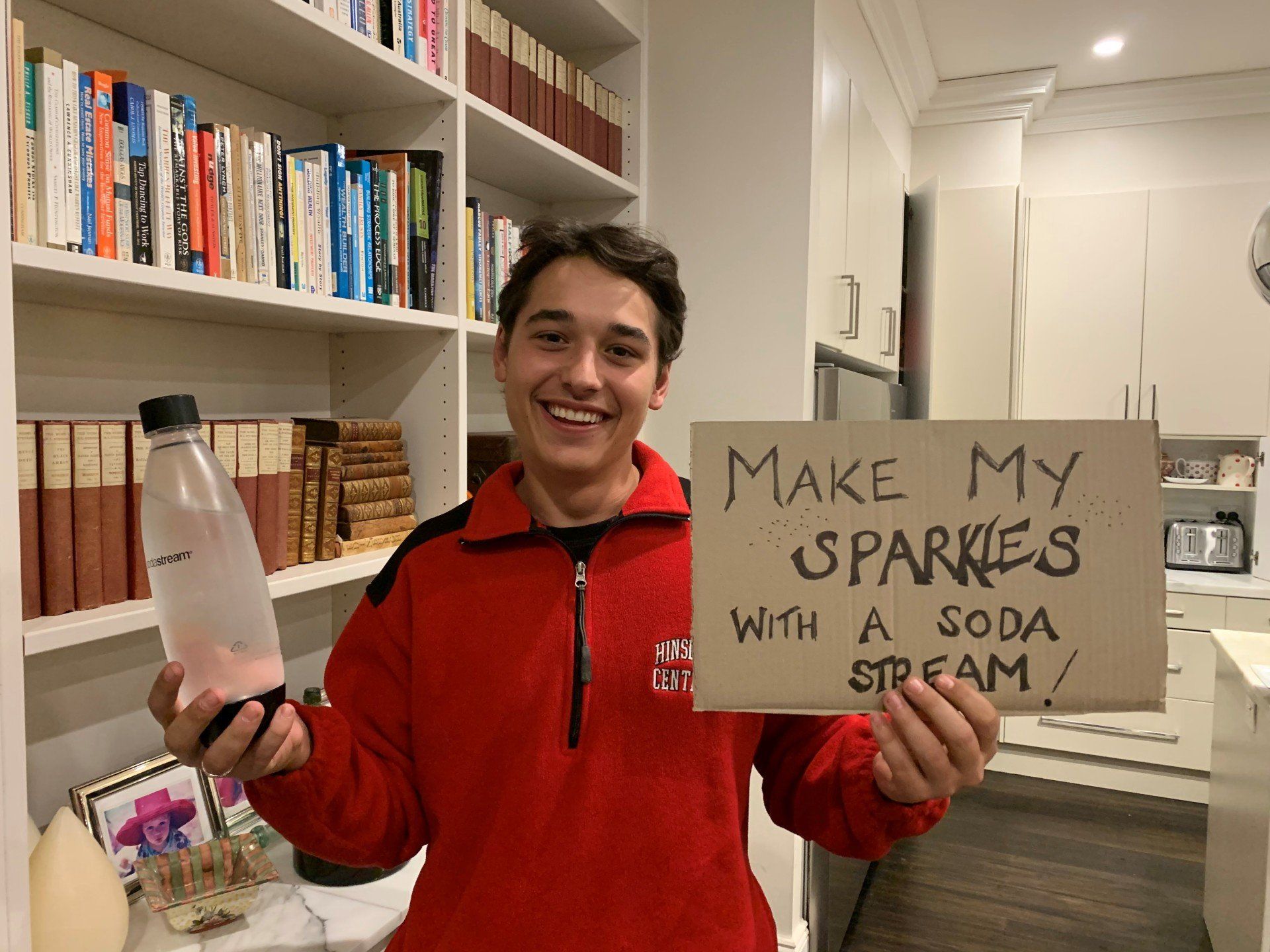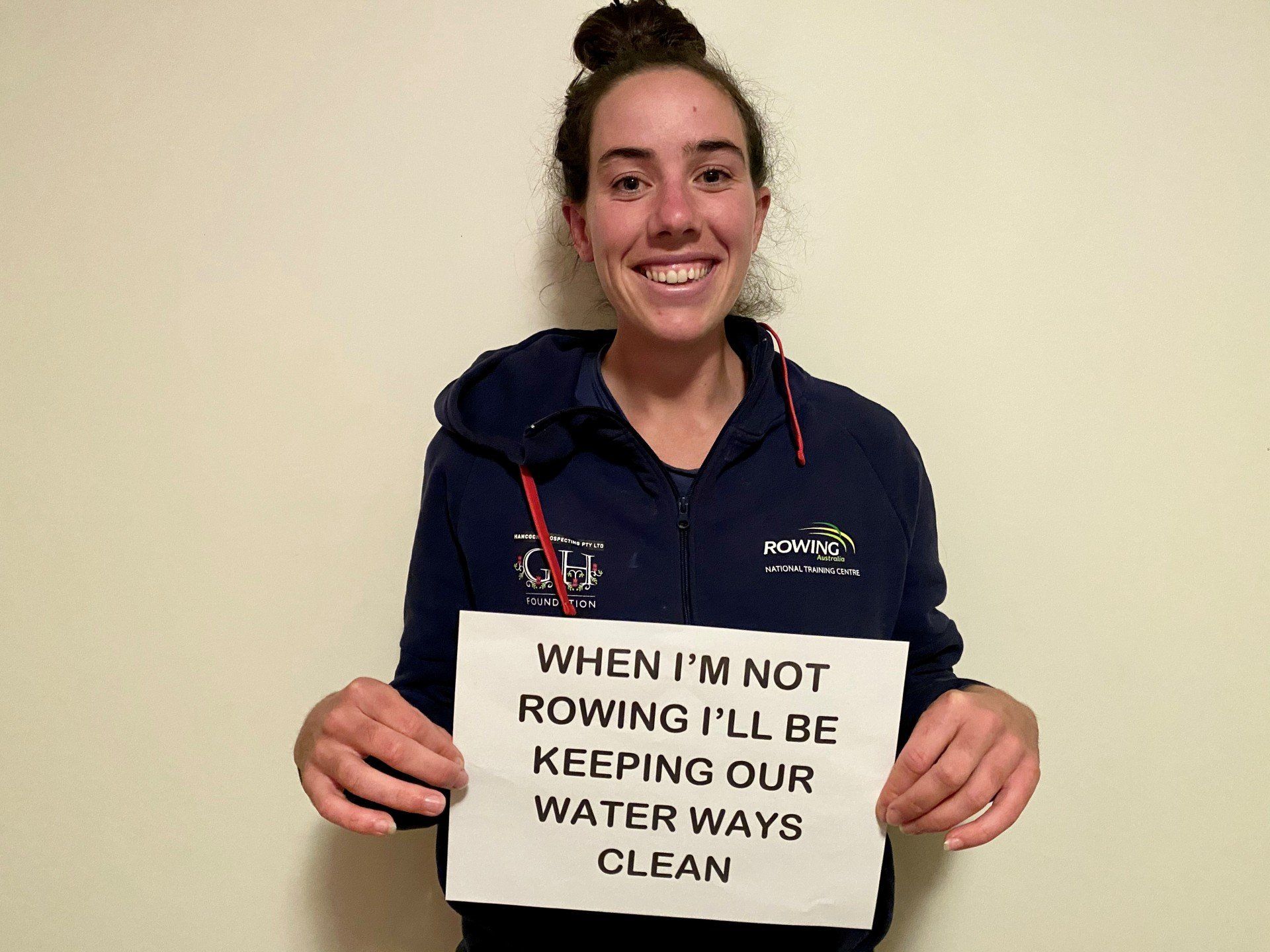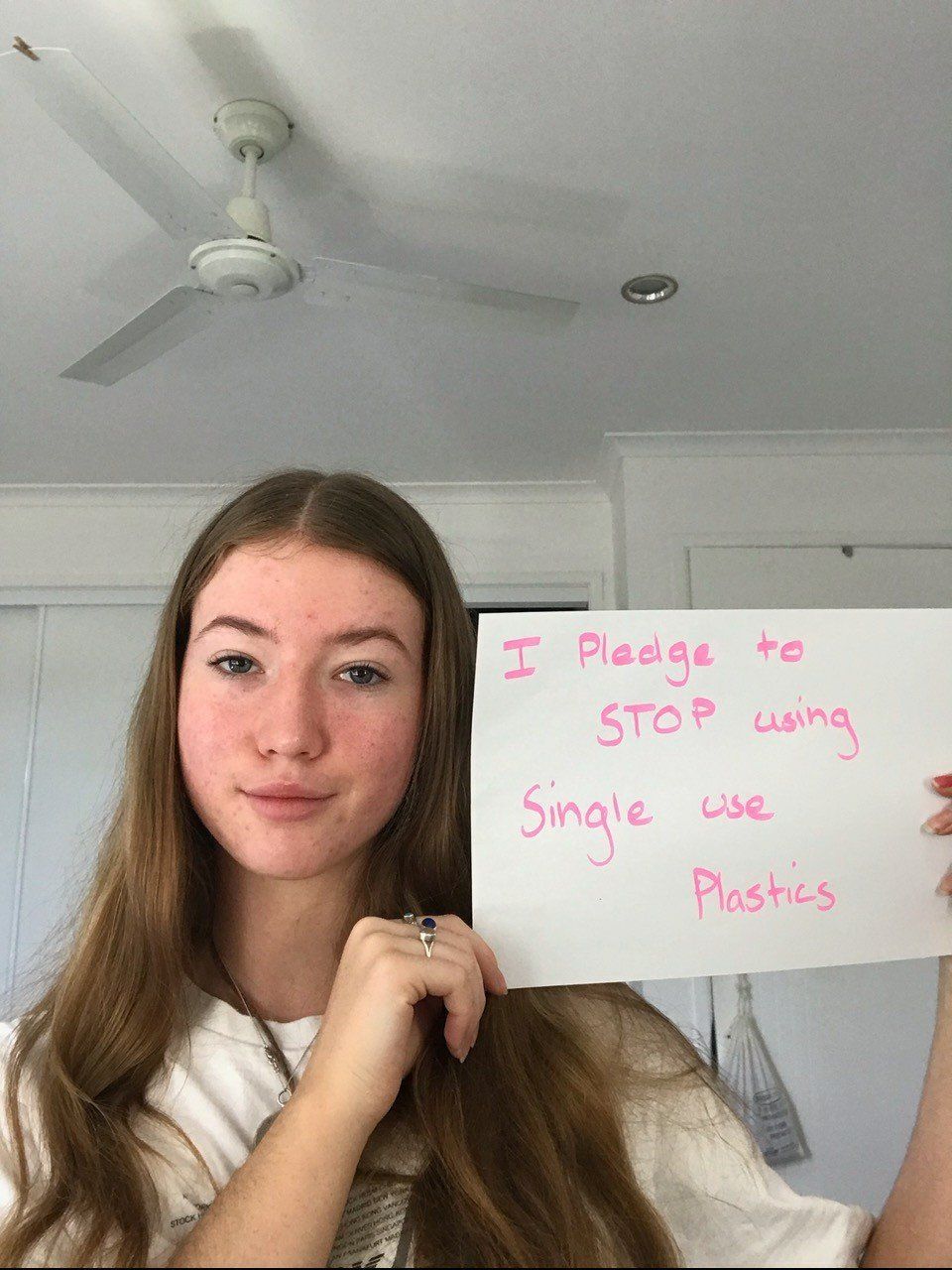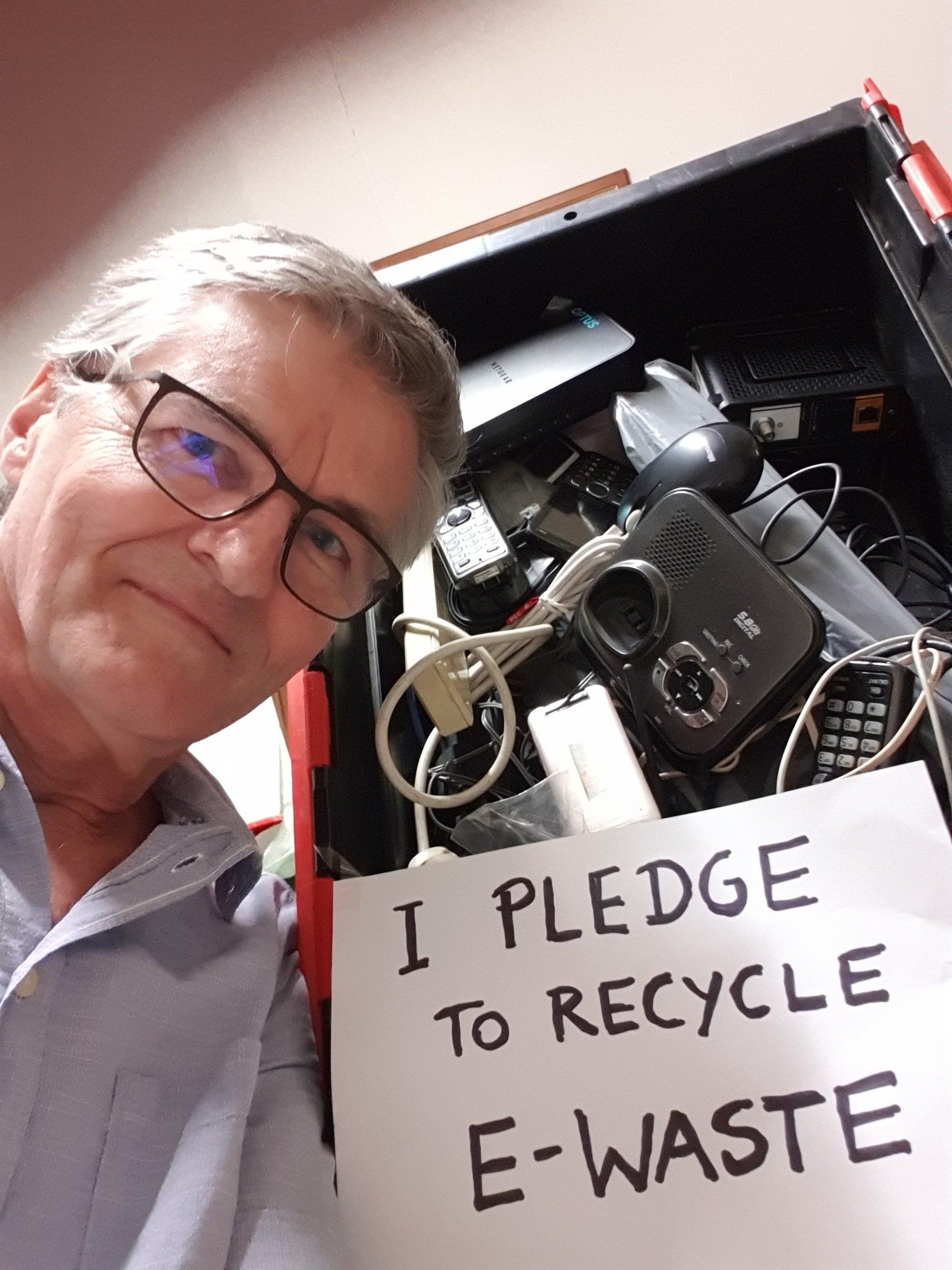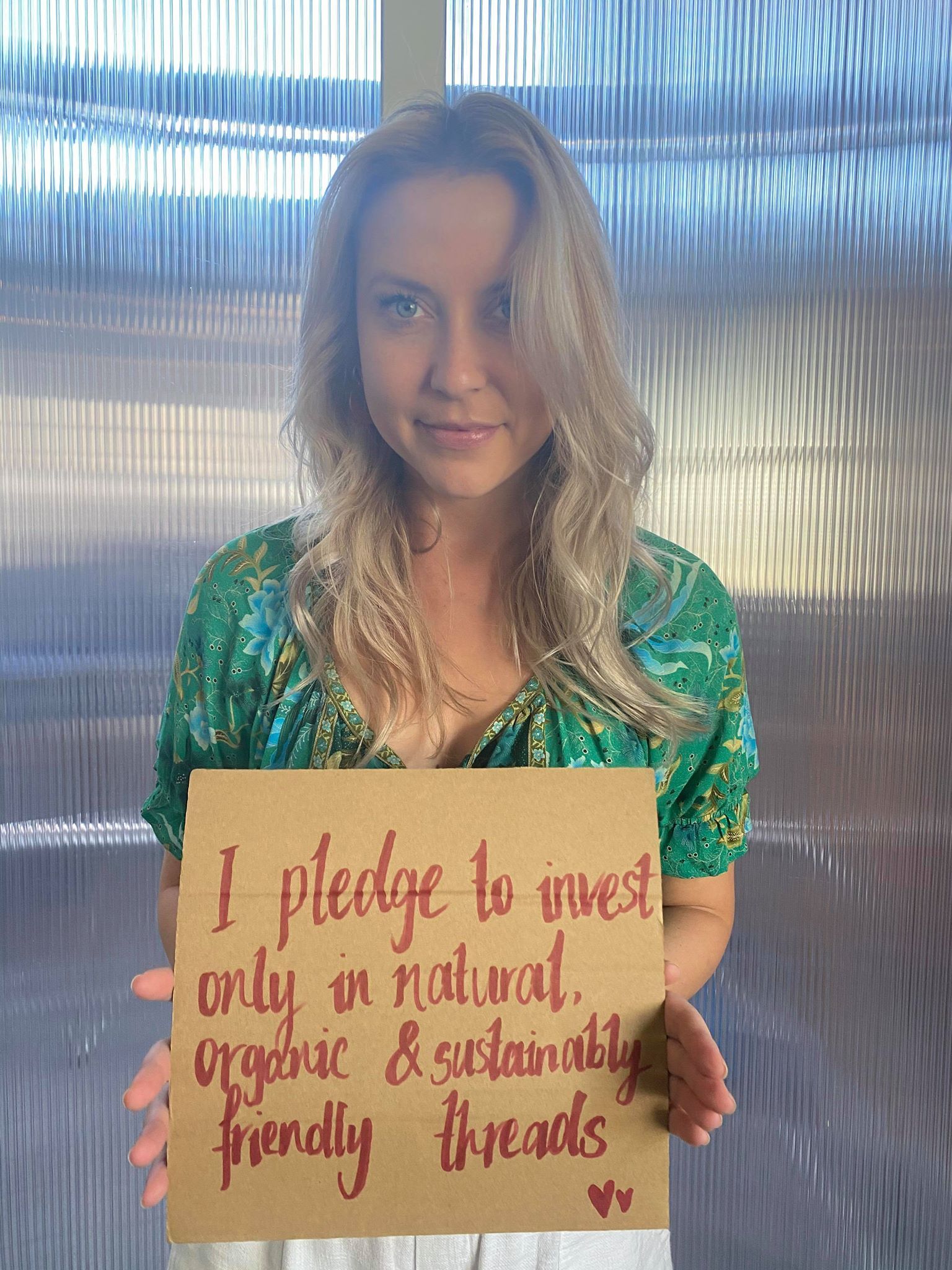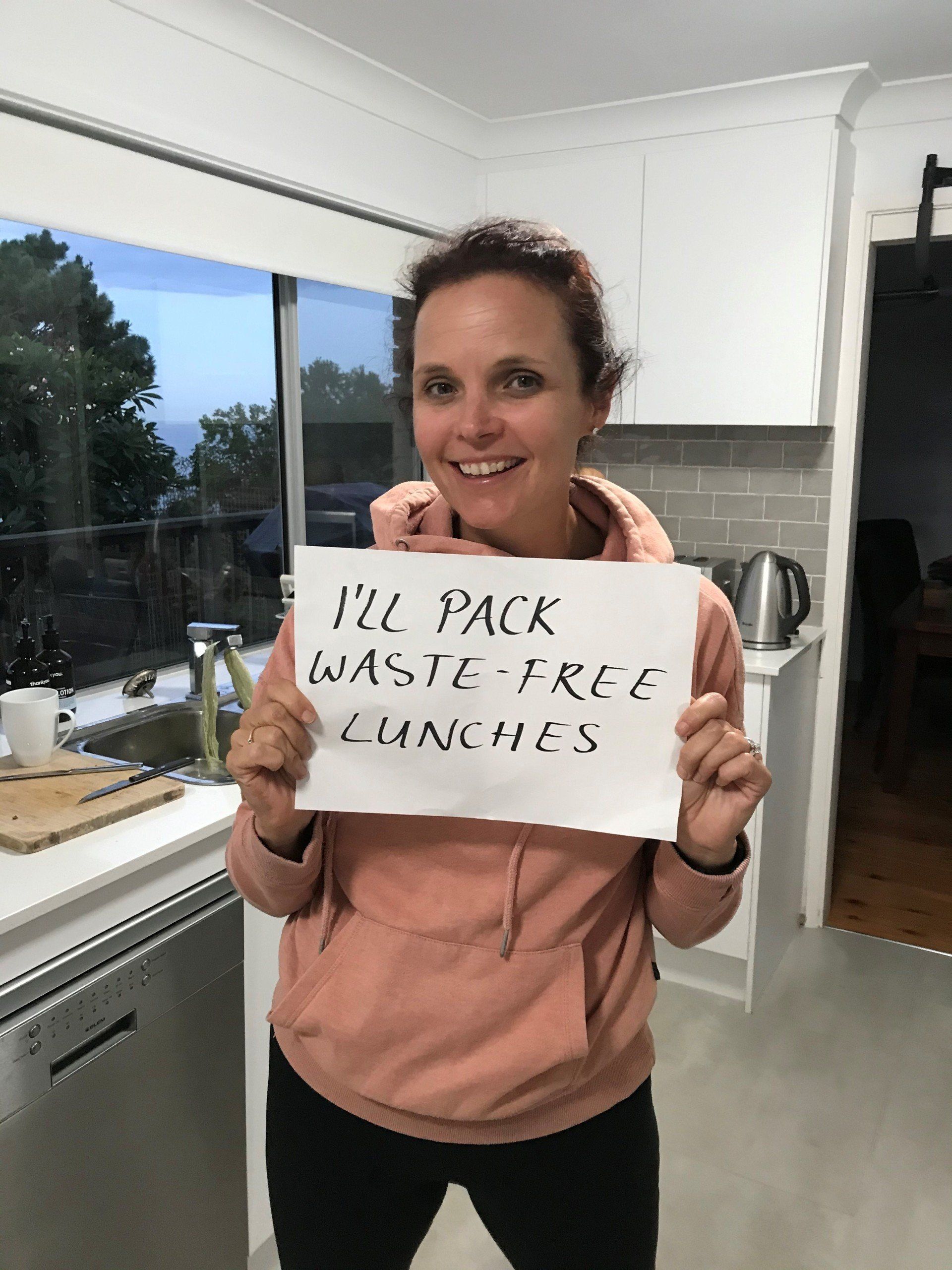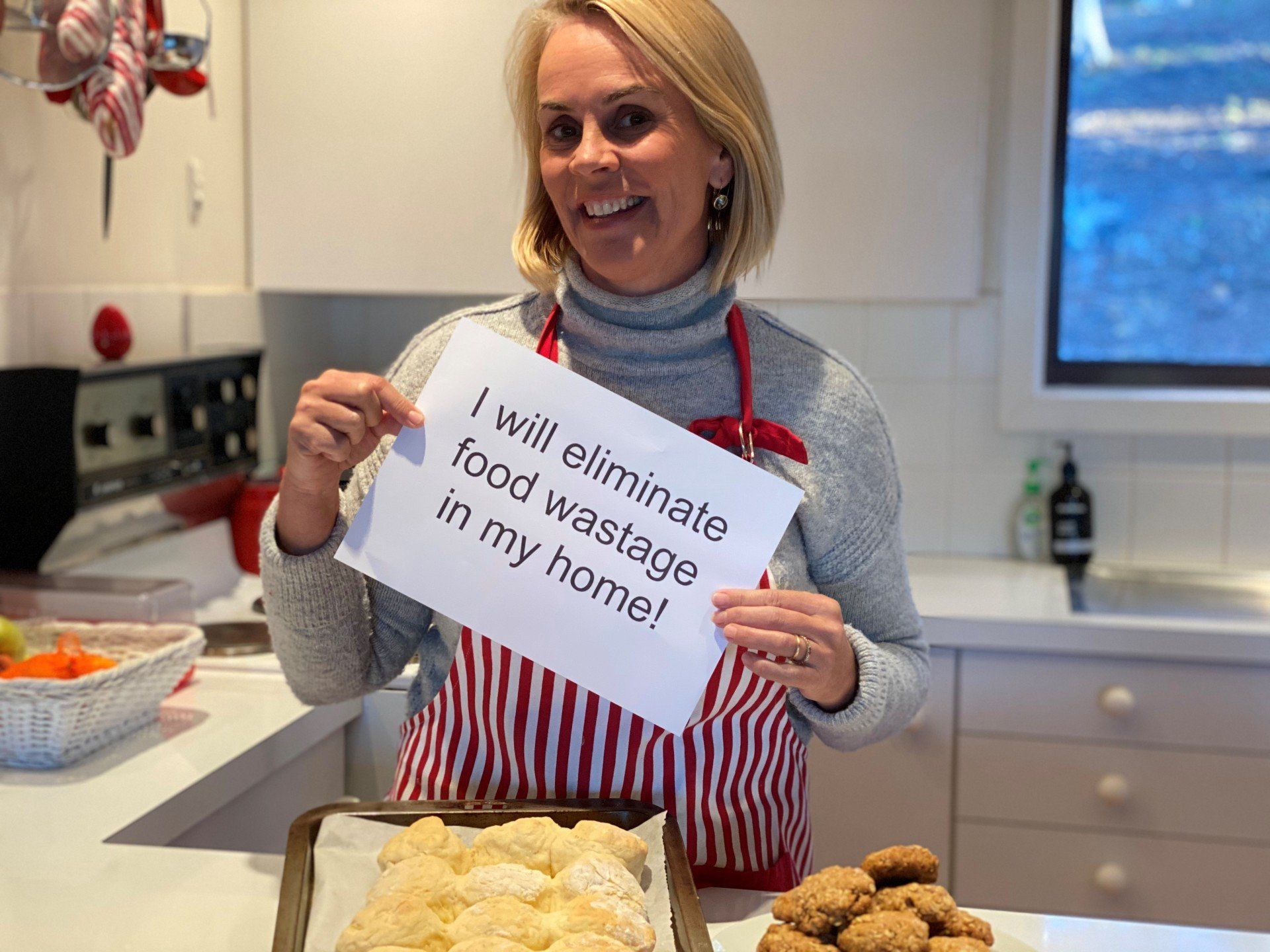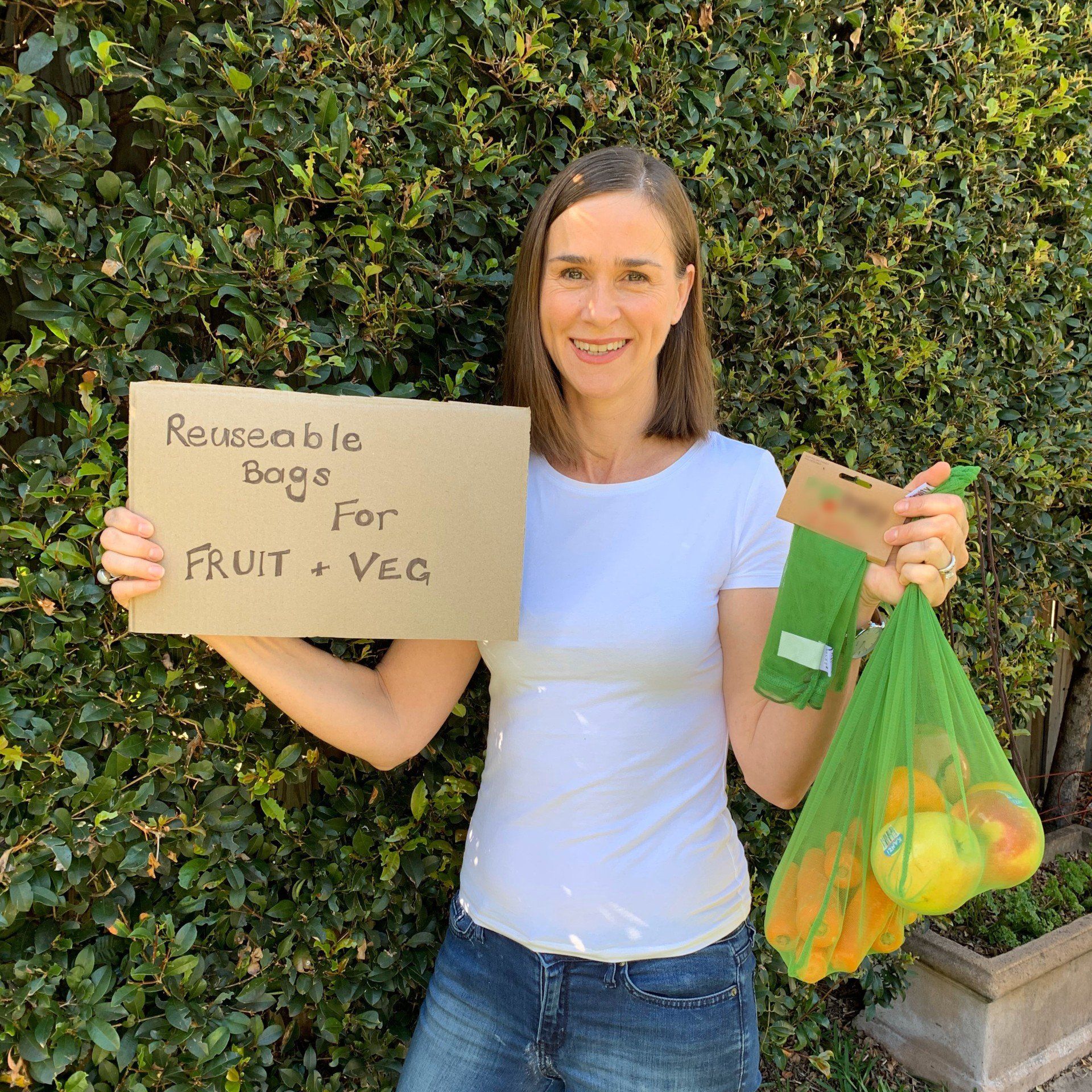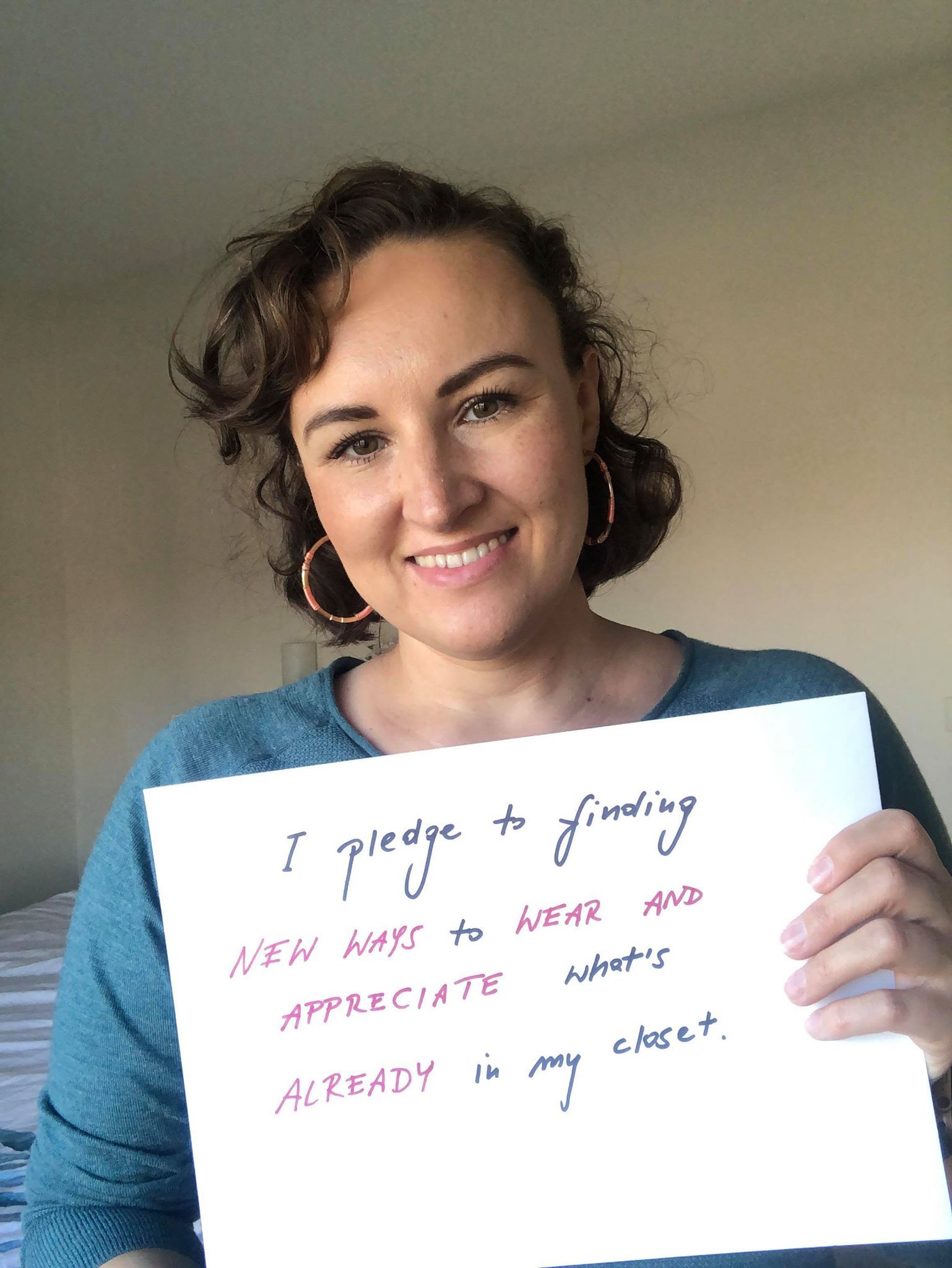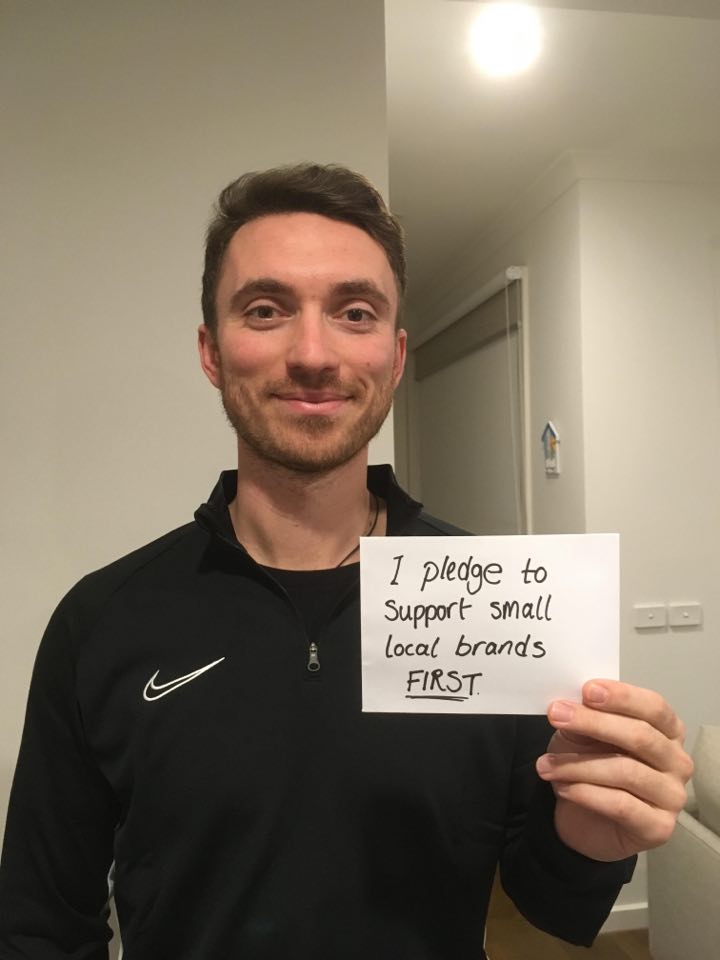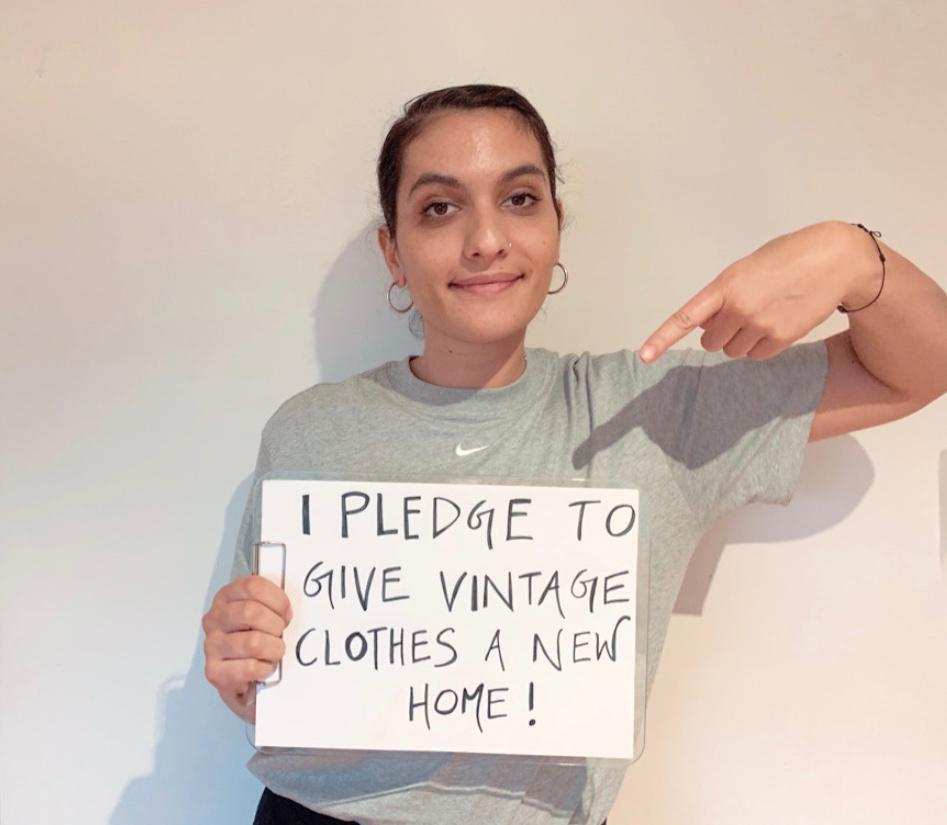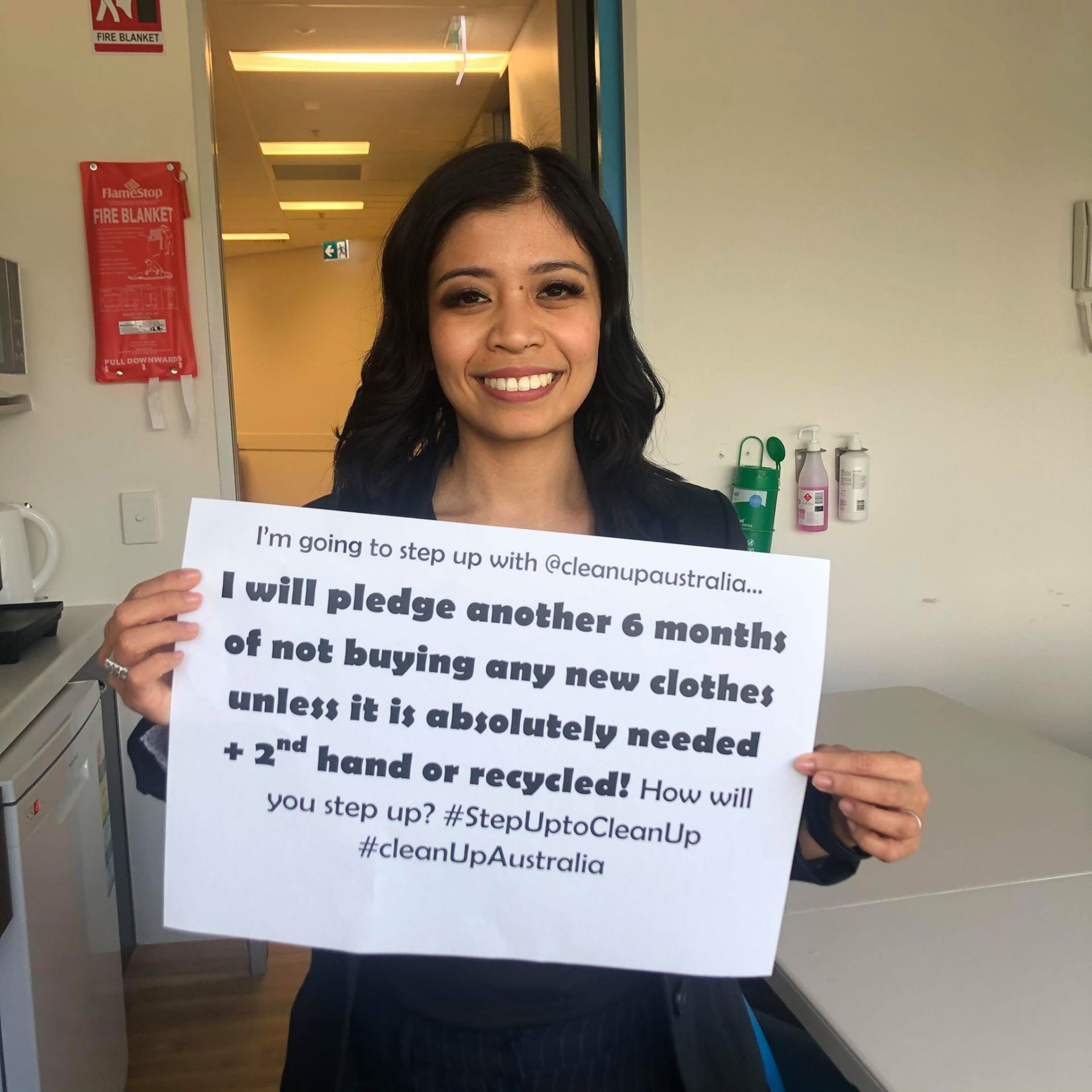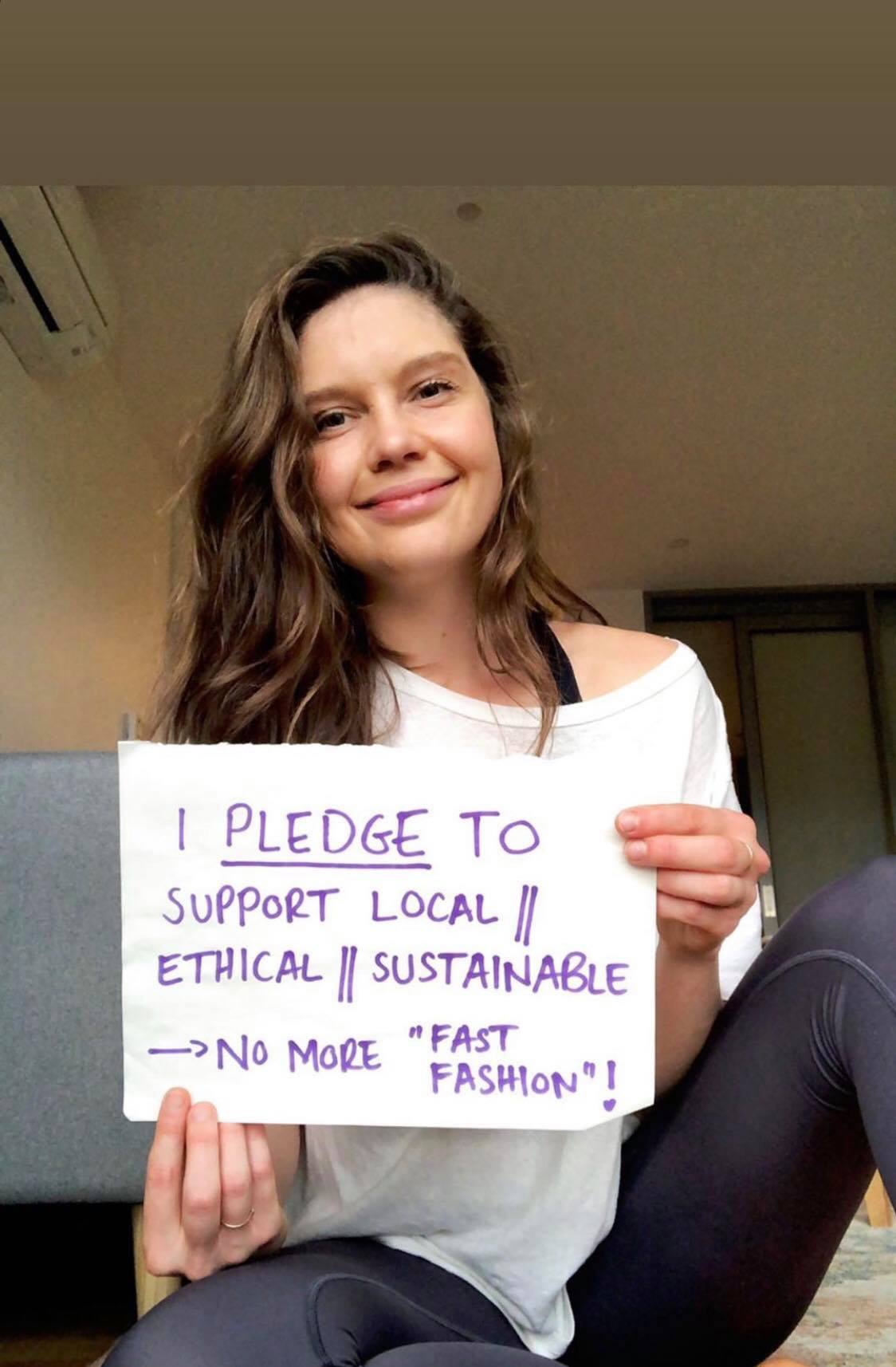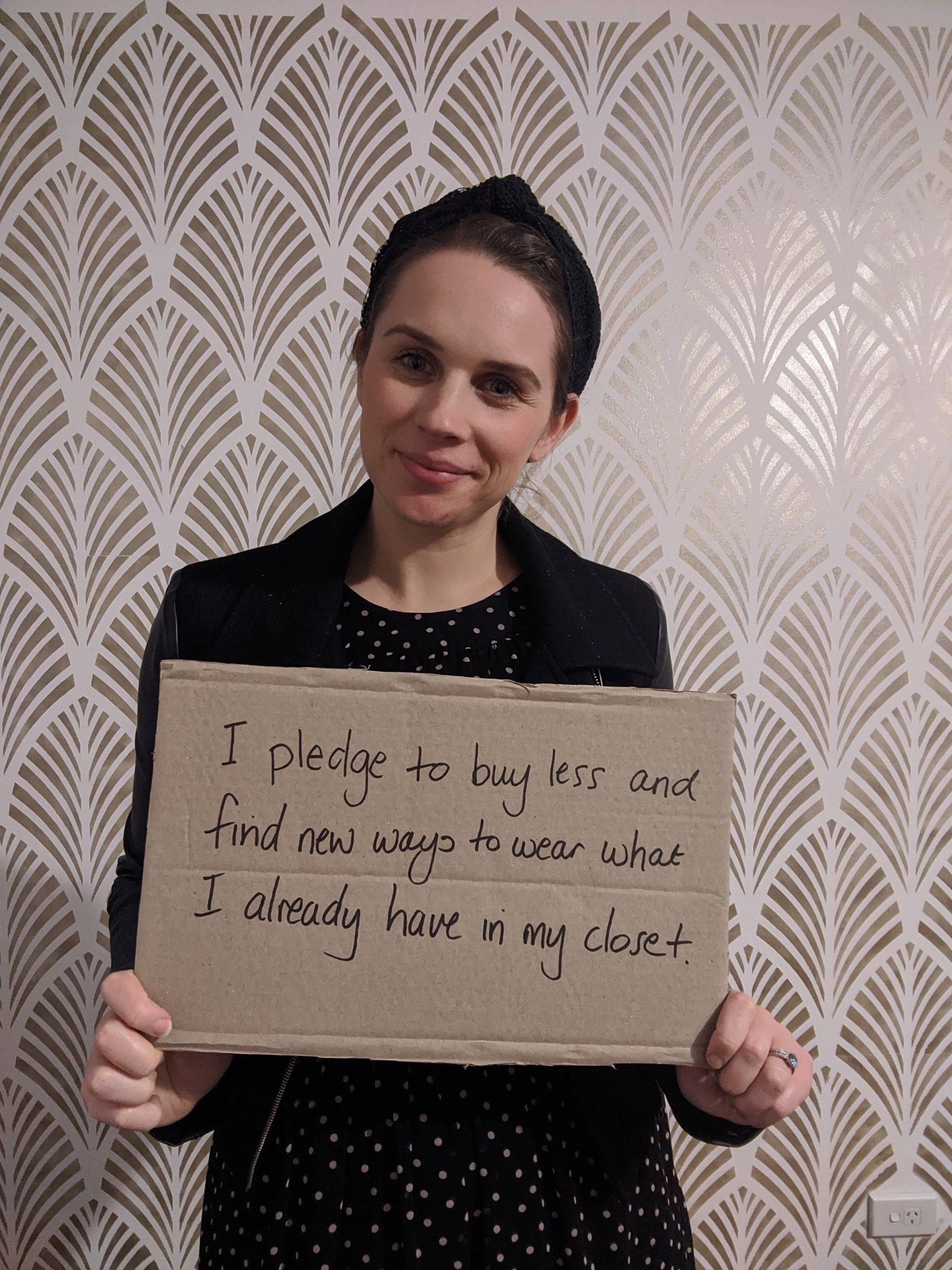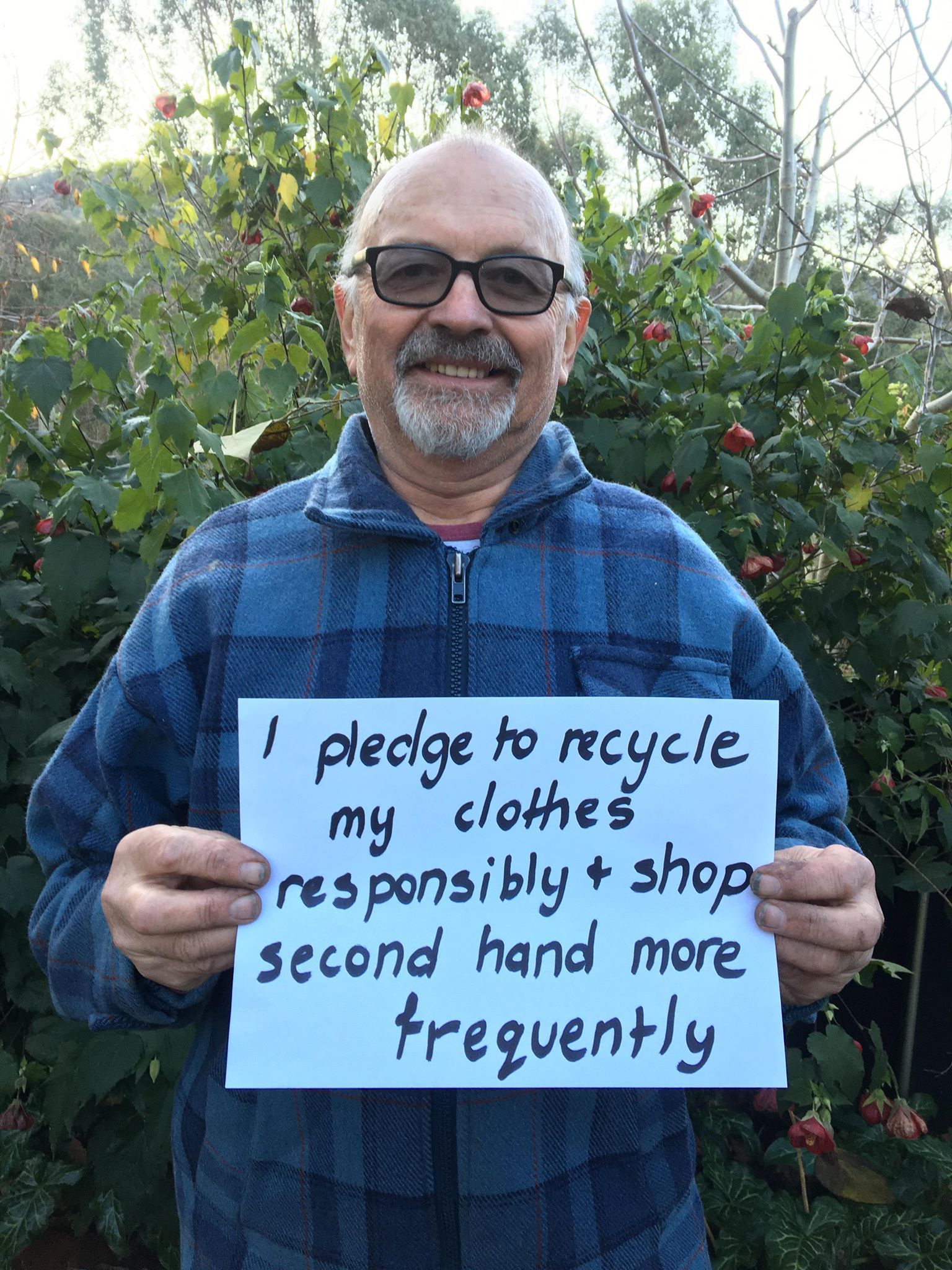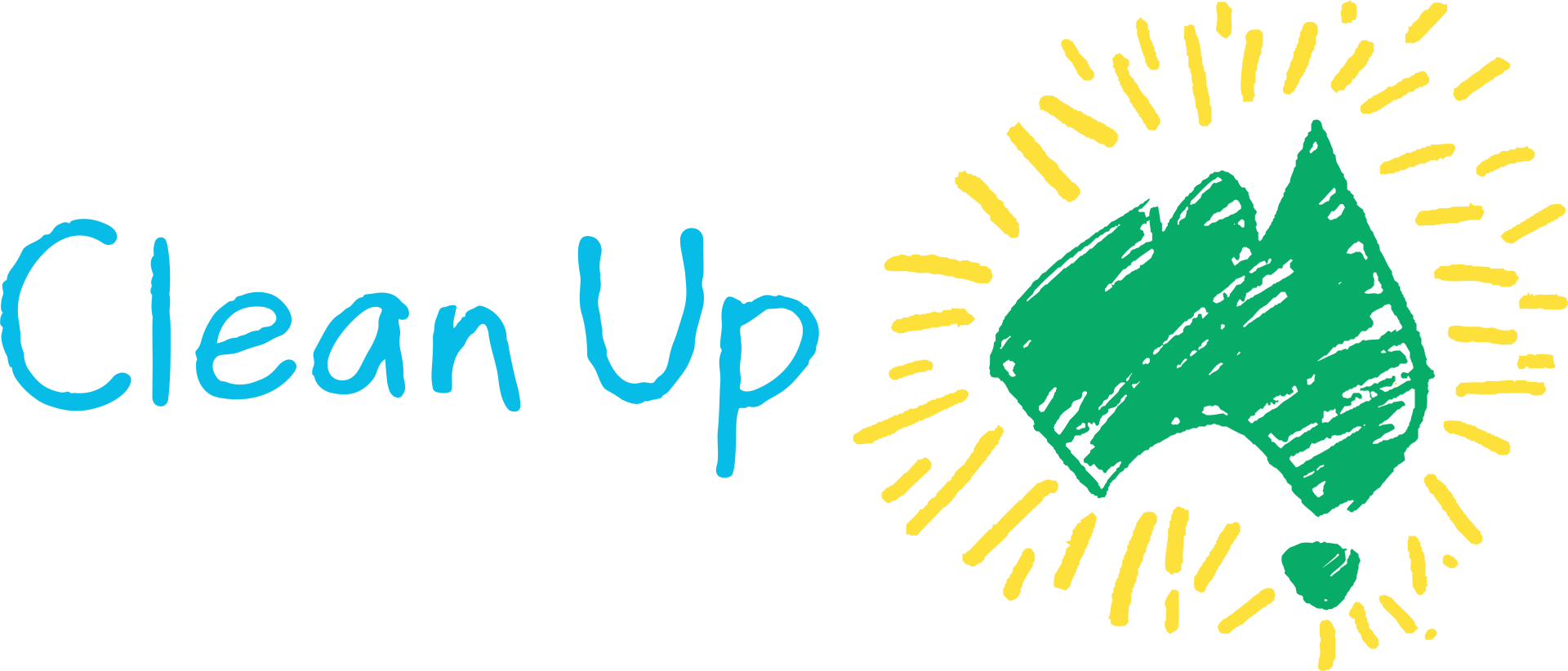Bottled Water
Why do we continue to buy a product that generates an enormous volume of waste, is derived from fossil fuels and can only be recycled a limited number of times?
Not only is Australia is home to the world's most expensive bottled water, we have the second highest consumption rate per capita, a UN Report has revealed.
Although most Australians can access extremely good, safe drinking water straight from the tap, on average, each Australian spent about $580 on bottled water in 2021, making it one of the most common and expensive single-use purchases in the country.
The Problem
What can you do?
List of Services
-
Choose to reuseList Item 1
Grab a reusable bottle and carry it wherever you go. You can stay hydrated while saving money and the planet!
-
Make your own sparkles
Drinking tap water shouldn't make you feel flat! Investing in a SodaStream lets you make sparkling water at home. By 2025, SodaStream will have eliminated 67 billion single-use plastic bottles from our planet.
-
Talk to your councilList Item 4
Ask your local council to install water fountains to allow people to refill reusable bottles.
Check out the City of Sydney's handy map of bubblers as a guide.
-
Cash inList Item 3
Support container deposit legislation in your state! Almost every state in Australia now has a container refund scheme - come on Victoria & Tassie!
Learn more about container deposits and how you can benefit taking part!
-
Pick it up!List Item 2
Don't just walk past plastic bottles you see, pick them up and get them into recycling. Without you, they can remain in the environment for over 1000 years.
You can create a Clean Up event any day of the year! Learn more and sign up today.
-
Be the Change
Australians are creating more waste than ever before. As one of the country’s most recognised and trusted environmental organisations, Clean Up Australia is dedicated to creating positive change. But we can’t do it alone.
We pledge 100% of your tax-deductible donation goes directly to empowering Australians to take action for the environment.
More Actions You Can Take
Our coffee cup problem
Although they look like they are made of paper, disposable coffee cups are usually lined with plastic

